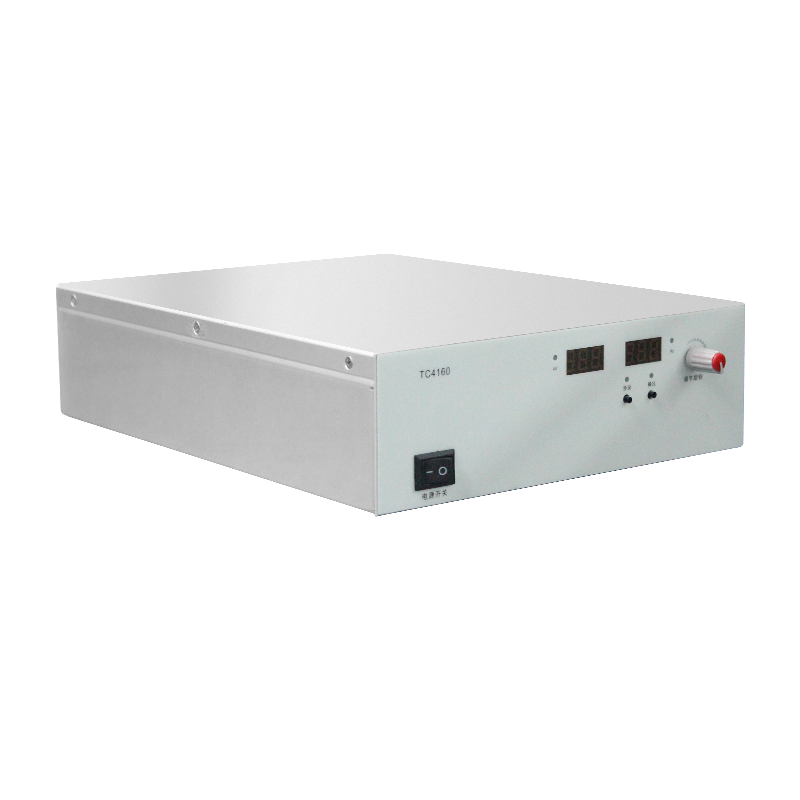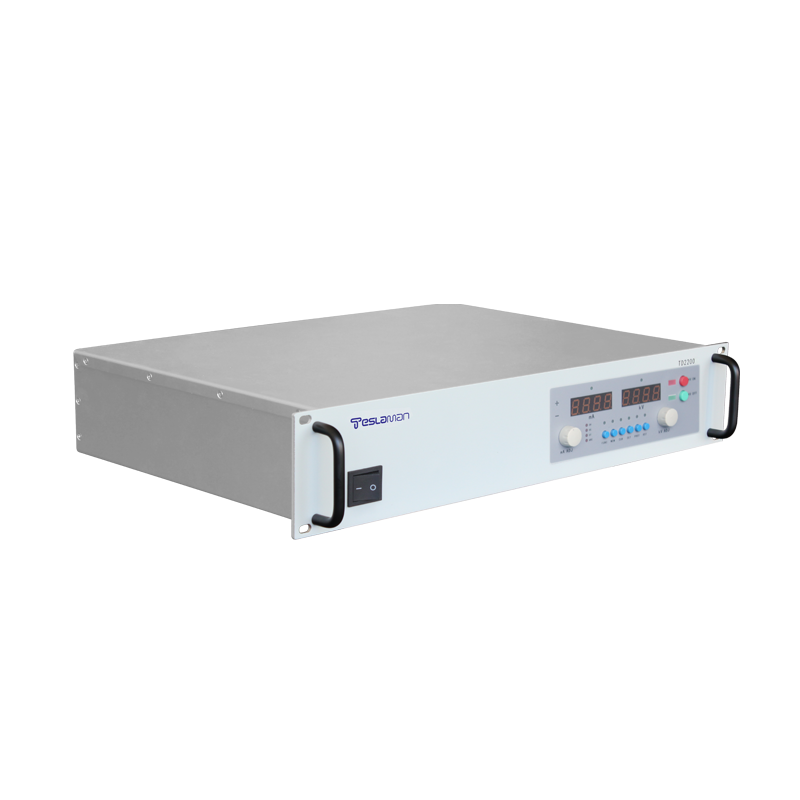Control of Corona Discharge Product Composition and Reduction of Harmful By-products in Corona Generator Power Supplies
Corona discharge power supplies play a vital role in applications such as air purification, electrostatic precipitation, and ozone generation. The chemical composition of the discharge products—mainly ozone (O₃), nitrogen oxides (NOx), and reactive oxygen species—is directly influenced by the electrical characteristics of the power supply. Conventional systems that rely on static voltage control often produce excessive NOx and other unwanted by-products due to incomplete discharge control. Modern corona generators require a power supply capable of precise modulation of discharge energy, pulse shape, and timing to achieve selective formation of desired compounds while minimizing harmful emissions.
A high-frequency pulse power supply architecture is widely adopted to enable fine-tuned discharge control. The output waveform can switch dynamically among square, sawtooth, and bipolar pulses, and parameters such as frequency, amplitude, and duty cycle are adjusted in real time. Shorter pulse durations help reduce the residence time of energetic electrons, limiting NOx formation, while higher repetition rates promote efficient oxygen dissociation for increased ozone yield.
To achieve product composition control, real-time optical emission spectroscopy is integrated into the discharge chamber. Spectral signatures of excited molecular species are analyzed using a neural-network-based controller, which determines the optimal pulse parameters to maintain a desired ratio of O₃ to NOx. In addition, dual-stage energy modulation—using a pre-ionization pulse followed by a high-energy main discharge—improves ionization uniformity and energy efficiency while reducing side reactions.
The use of wide-bandgap semiconductors such as SiC or GaN in the switching stage allows nanosecond-scale pulse shaping, significantly enhancing control precision. Combined with a closed-loop feedback system that compensates for humidity and temperature variations, this design achieves stable corona operation, higher ozone production efficiency, and over 30% reduction in harmful gas formation.




















